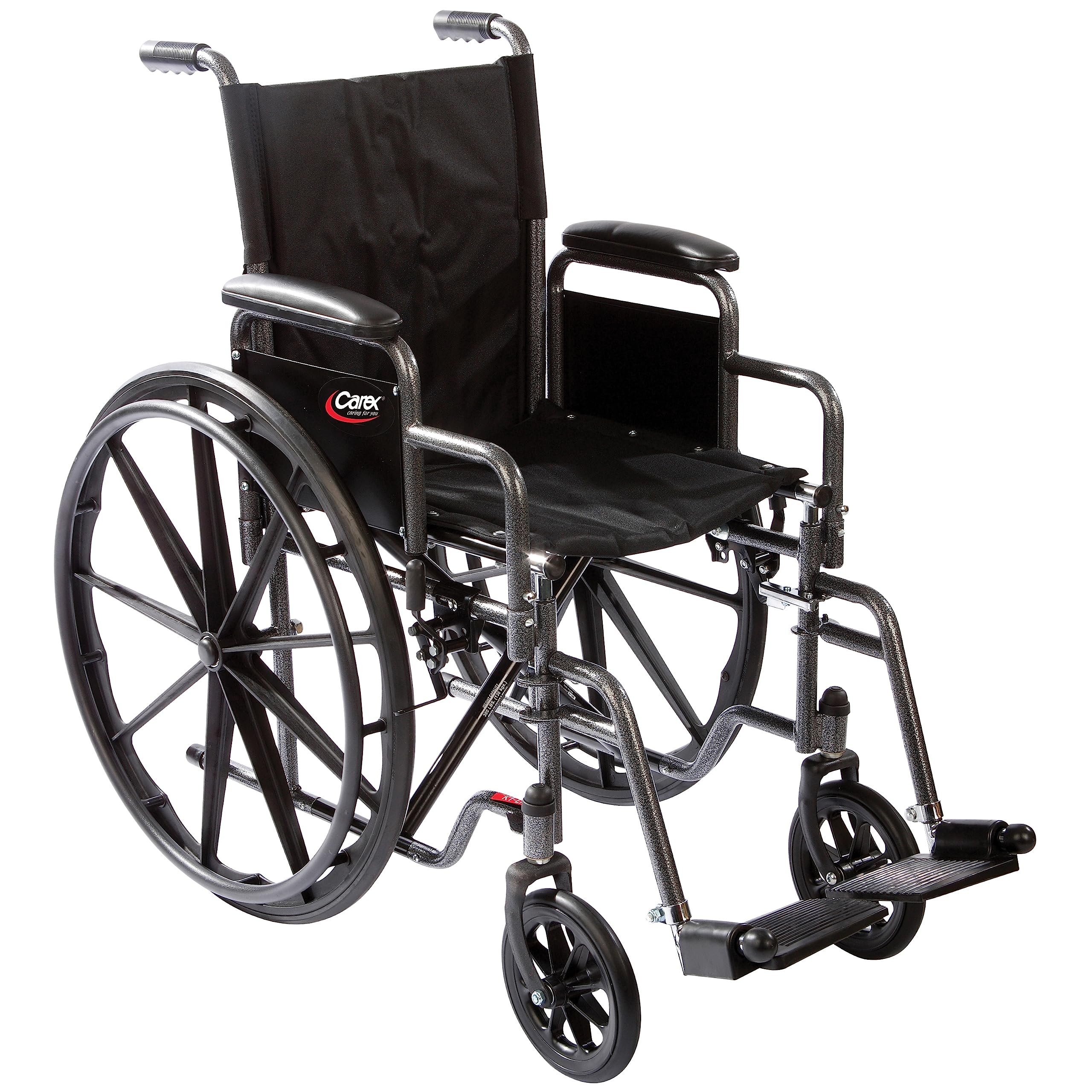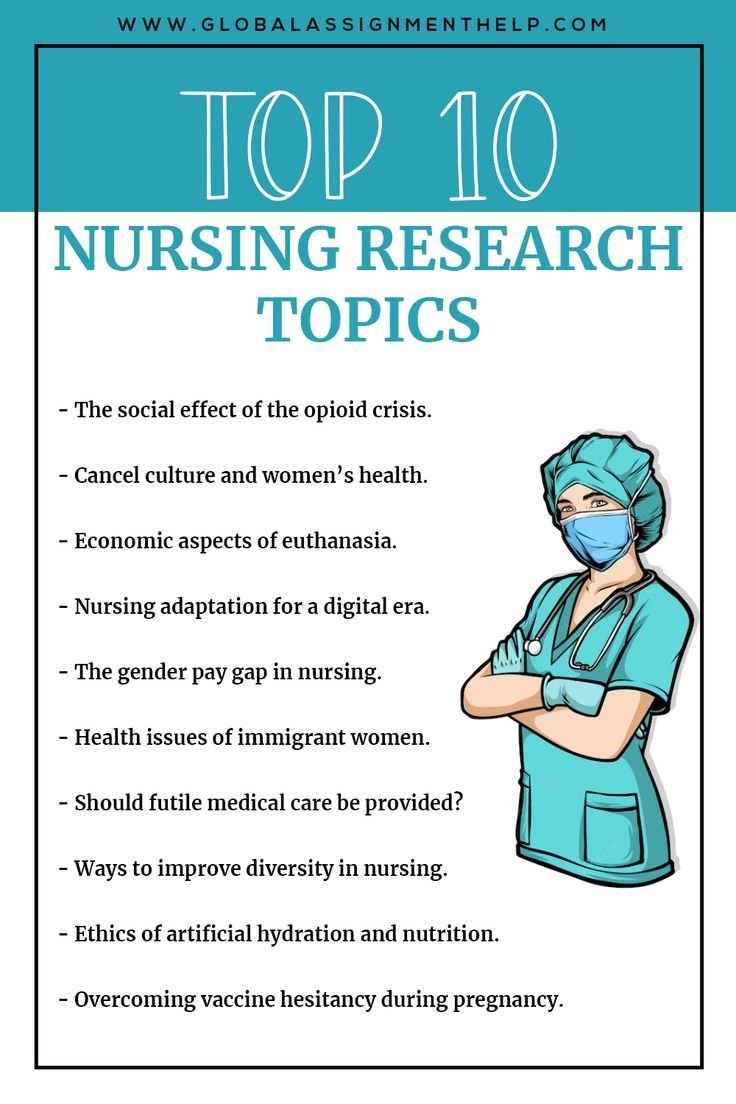In the fast-paced environment of casino restaurants, preventing unpaid meals is a constant challenge. Patrons who attempt to leave without paying, commonly referred to as “eat and run,” can cause significant financial losses and disrupt operations. To address this issue, specialized personnel known as Eat and Run Police (먹튀폴리스) employ targeted techniques that allow for rapid response and effective resolution. These strategies ensure that incidents are handled professionally, minimizing risk while protecting both the establishment and its staff.
Understanding the Role of Eat and Run Police
Eat and run police are trained to monitor dining areas, identify suspicious behavior, and intervene when necessary. Their responsibilities go beyond simple surveillance. They coordinate with restaurant staff, use observational techniques to detect potential offenders, and implement rapid response measures when an incident occurs. By focusing specifically on preventing and addressing unpaid meals, they provide a level of security tailored to the unique challenges of high-traffic casino dining environments.
Observational Techniques
The first line of defense against unpaid meals is careful observation. Eat and run police are trained to recognize behaviors that may indicate a patron intends to leave without paying. Common signs include repeatedly glancing at exits, moving toward the door before settling the bill, or engaging in suspicious interactions with companions or staff.
To maximize coverage, officers position themselves strategically throughout the restaurant, including near entrances, exits, and high-traffic tables. By maintaining a visible yet unobtrusive presence, they deter potential offenders while remaining ready to act when necessary.
Collaboration with Restaurant Staff
Effective response requires seamless communication between eat and run police and restaurant employees. Waitstaff, hosts, and managers are encouraged to report any suspicious activity immediately. By working together, the team can monitor the situation closely, track the patron, and ensure that appropriate measures are taken.
Staff training is also essential. Employees learn how to provide accurate descriptions, preserve evidence, and handle interactions calmly, all of which aid the quick response efforts of eat and run police. This collaboration enhances overall operational efficiency and ensures that incidents are addressed before they escalate.
Rapid Response Protocols
When an unpaid meal incident is identified, speed and precision are critical. Eat and run police follow established protocols designed to minimize risk while apprehending the offender. These protocols often include:
- Discreet Engagement: Approaching the patron calmly to avoid confrontation and maintain the safety of other guests.
- Verification: Confirming whether the bill has been settled or if a misunderstanding has occurred.
- Containment: Positioning personnel near exits to prevent the individual from leaving without payment.
- Documentation: Recording details such as time, table number, and descriptions of the patron for follow-up or legal purposes.
These steps are carried out professionally, ensuring that the situation is resolved quickly and without unnecessary disruption to other diners.
Use of Technology
In addition to physical monitoring, many casino restaurants integrate technology into their prevention strategies. Surveillance cameras, point-of-sale tracking systems, and alert notifications help eat and run police identify incidents in real time. These tools provide crucial support for rapid response and assist in gathering evidence if further action is required.
Training and Continuous Improvement
Effective techniques rely on ongoing training. Eat and run police receive instruction in observation, conflict resolution, customer service, and legal protocols. Continuous skill development ensures that personnel remain prepared for evolving challenges and can adapt to different scenarios, maintaining high levels of efficiency and professionalism.
Conclusion
Eat and run police employ a combination of observational skills, strategic positioning, collaboration with staff, rapid response protocols, and technology to handle unpaid meal incidents in casino restaurants. These techniques ensure that situations are addressed quickly, reducing financial losses and maintaining a safe, orderly dining environment. By implementing these practices, casino establishments can protect revenue, support their employees, and provide a secure and enjoyable experience for all patrons. The presence and preparedness of eat and run police are essential in high-traffic settings where quick, professional responses are crucial.


